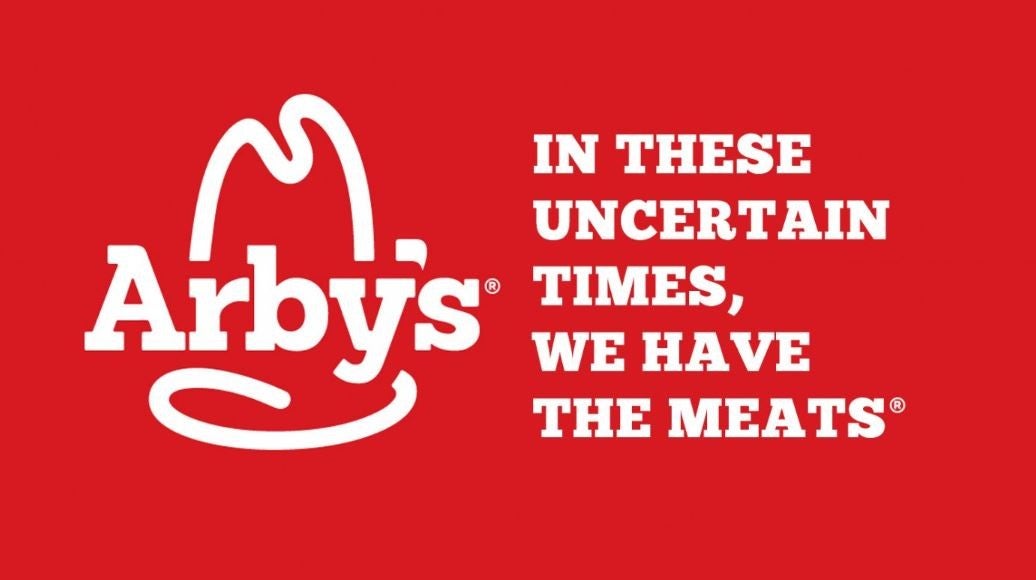A new market research benchmark for advertising appropriately during, and after, the Covid-19 crisis.
The image above is satirical, but it reflects the knee-jerk reaction that some brands appear to be taking as they reposition their message in response to the coronavirus pandemic. In the current environment, advertising needs to do two things simultaneously: position the brand appropriately and motivate people to purchase.
The cost of being insensitive, flippant, or otherwise out-of-touch with the current environment will be exponentially higher for brands – and will be that much more difficult to recover from.
That’s why we developed the Covid Ad Index. This unique and powerful methodology combines traditional ad effectiveness metrics with a series of measurements that get at the appropriateness of the ad content in today’s rapidly changing environment.
Our benchmark survey asked a nationally representative sample of Americans to view and evaluate 12 national ads — six that did not address the brand’s actions in response to the pandemic, and six that do. These ads were drawn from an array of brands and industries, including Hyundai, Ford, Tide, Allstate, Budweiser, JP Morgan, Little Caesars, Home Depot, Taco Bell, Macy’s, and T-Mobile.
Here’s an example from the benchmark report:

As you can see, Budweiser and Clorox ads made the most favorable impressions, and T-Mobile’s “We’re Here for You” also scored well. But in subsequent questions, it was clear that while the Budweiser ad is seen as highly appropriate, it lacks motivational potential. It doesn’t make you want to buy the beer. At the opposite extreme, ads like Allstate’s “Safe Drivers Save 40%,” which may have been highly effective just a few weeks ago, may now be seen as inappropriate, if not downright offensive, in an environment where people aren’t driving very much. The T-Mobile ad, in contrast, did a better job of meeting both brand building and appropriateness scores.
Scenes of crowded streets or stores, displays of consumption, and even iconic images such as KFC’s “Finger Lickin’ Good,” just won’t work. At the same time, some brands have focused their messages entirely on the pandemic environment, which may build brand image, but is unlikely to motivate purchase.
The response:AI Covid Ad Index provides the benchmark for the kind of content that performs best in the new, rapidly-changing ad market. Our tool lets any advertiser upload their own ad (finished production or animatic), run a nationally representative survey, and see how it scores in relation to our benchmark study.

The idea is pretty simple – we provide a fast (24-hour turn-around!), easy, cost-effective means for national advertisers to test new ad concepts and ensure that the ad is properly positioned, appropriate, and effective. And pricing starts as low as $1,495 for a nationally representative sample.
We have a long-established methodology to measure the effectiveness of an ad — a Communications Efficiency Score that summarizes how well the ad does in being original, believable, and motivating brand consideration and purchase. But, that assumes a normal economic environment. With the Covid Ad Index, you get both measures — assessing a new ad on both its effectiveness in communicating your brand value and its appropriateness in this new context.
If you have any questions, want to try it out, or have other market research needs, don’t hesitate to contact me directly at fred.barber@response-ai.com, or visit www.response-ai.com and click on the Covid Ad Index button on the home page.
